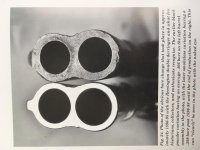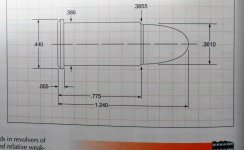Think of the evolution of the revolvers in USA. The Colt Walker, Dragoons, 1851 Navy and 1860 Army had NO top strap. The barrel held in solely by a tapered wedge and a line up pin.
Makes you wonder how much stress is actually placed on top strap and latch on the top breaks. Also, the frame / barrel assembly when fired with proper loads.
I've seen and handled many "well used" top break revolvers. Yes, the average, utilitarian or military use revolvers get loose and sloppy over time ... to a much lesser extent the Schofields.
Big mistake that S&W didn't want to pay the royalty to Gen. George Schofield to continue using the Schofield type latch / catch assembly.
However, a well cared for and maintained top break provides many years (to decades to now centuries) of faithful service albeit they have not been in daily use all that time.
Makes you wonder how much stress is actually placed on top strap and latch on the top breaks. Also, the frame / barrel assembly when fired with proper loads.
I've seen and handled many "well used" top break revolvers. Yes, the average, utilitarian or military use revolvers get loose and sloppy over time ... to a much lesser extent the Schofields.
Big mistake that S&W didn't want to pay the royalty to Gen. George Schofield to continue using the Schofield type latch / catch assembly.
However, a well cared for and maintained top break provides many years (to decades to now centuries) of faithful service albeit they have not been in daily use all that time.


